 W
WGeorge Allen was an English craftsman and engraver, who became an assistant to John Ruskin and then in consequence a publisher. His name persists in publishing through the Allen & Unwin company.
 W
WThomas Balston was a director of the publishers Duckworth and Co., and a noted scholar of English book production and illustration. He was also an amateur painter, having studied under Mark Gertler.
 W
WErnest Bell was an English author and publisher, animal rights activist, animal welfare campaigner, humanitarian and vegetarian.
 W
WCharles Clark (1806–1880) was an English publisher, farmer and satirist.
 W
WJoseph Cundall, was a Victorian English writer under the pseudonym of "Stephen Percy", a pioneer photographer and London publisher of children's books. He provided employment for many of the best artists of the day by using them as illustrators.
 W
WPeter Farrer was an English tax inspector, author, cross-dresser, and authority on women's fashion.
 W
WGeorge G. Harrap, Ltd is a now defunct publisher of high quality specialty books, many of them educational, such as the memoirs of Winston Churchill, or highly illustrated with line drawings, engravings or etchings, such as the much republished classic educational children's book The Cave Boy of the Age of Stone from at least 1901 into the 1980s.Publishers of English classics for the educational trade, Harrap was also known for publishing finely illustrated books by Rackham, Gooden, and others, and as the publisher of Winston Churchill.
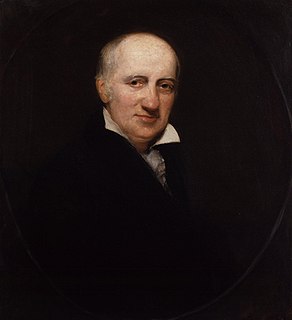 W
WWilliam Godwin was an English journalist, political philosopher and novelist. He is considered one of the first exponents of utilitarianism and the first modern proponent of anarchism. Godwin is most famous for two books that he published within the space of a year: An Enquiry Concerning Political Justice, an attack on political institutions, and Things as They Are; or, The Adventures of Caleb Williams, an early mystery novel which attacks aristocratic privilege. Based on the success of both, Godwin featured prominently in the radical circles of London in the 1790s. He wrote prolifically in the genres of novels, history and demography throughout his life.
 W
WLennie Goodings is a Canadian-born publisher active in the United Kingdom. She is Chair of the UK British publishing house Virago Press.
 W
WBrian William Bransom Griffiths, known as Bill Griffiths, was a poet and Anglo-Saxon scholar associated with the British Poetry Revival.
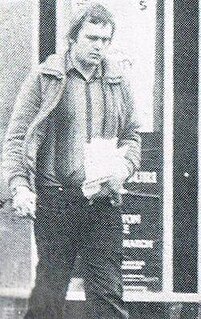 W
WAnthony Hancock was a publisher who created literature for British far-right groups and a member of such organisations in the United Kingdom.
 W
WSamuel Harward was a printer and publisher in Gloucestershire, who is credited with the first works ever printed in Tewkesbury (1760) and Cheltenham (1786). He published or reprinted many popular ballads and other items of early folk literature, and later built up the biggest lending library in Regency Cheltenham, where he also invested astutely in property.
 W
WCharles Theodosius Heath was an English engraver, currency and stamp printer, book publisher and illustrator.
 W
WWilliam Horsell was an English hydrotherapist, publisher and vegetarianism activist. Horsell published the first vegan cookbook in 1849.
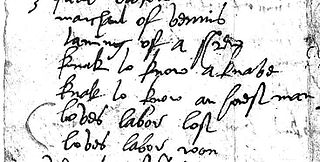 W
WChristopher Hunt was an Exeter bookseller and stationer.
 W
WJoseph William Livesey was an English temperance campaigner, social reformer, local politician, writer, publisher, newspaper proprietor and philanthropist.
 W
WJohn Makinson CBE is the Chairman of Kano, a London-based computing company which makes DIY computer and coding kits. He formerly served as chairman of the international publishing company Penguin Random House. He was chairman of The National Theatre from 2010 to 2016.
 W
WDiana, Lady Mosley, usually known as Diana Mitford, was one of the Mitford sisters. She was first married to Bryan Walter Guinness, heir to the barony of Moyne, and with whom she was part of the Bright young things social group of Bohemian young aristocrats and socialites in 1920s London. Her marriage ended in divorce as she was pursuing a relationship with Sir Oswald Mosley, 6th Baronet of Ancoats, leader of the British Union of Fascists. She married Mosley at the home of Joseph Goebbels in 1936, with Adolf Hitler as guest of honour. Subsequently, her involvement with Fascist political causes resulted in three years' internment during the Second World War. She later moved to Paris and enjoyed some success as a writer. In the 1950s, she contributed diaries to Tatler and edited the magazine The European. In 1977, she published her autobiography, A Life of Contrasts, and two more biographies in the 1980s. Her appearance on the BBC's Desert Island Discs in 1989 was controversial. She was also a regular book reviewer for Books & Bookmen and later at The Evening Standard in the 1990s. A family friend, James Lees-Milne, wrote of her beauty, "She was the nearest thing to Botticelli's Venus that I have ever seen". She was described as "unrepentant" about her previous political associations by obituary writers such as the historian Andrew Roberts.
 W
WSir Frank Hillyard Newnes was a British publisher, businessman and Liberal politician.
 W
WSir George Newnes, 1st Baronet was an English publisher and editor and a founding father of popular journalism. His company, George Newnes Ltd, continued publishing ground-breaking consumer magazines such as Nova long after his death.
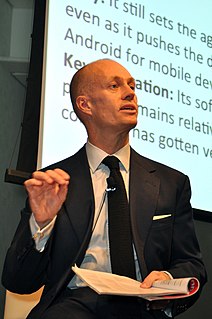 W
WJason Matthew Daniel Pontin is an English journalist and was the editor in chief and publisher of MIT Technology Review, a role he held from 2005 to 2017.
 W
WFrancis George "Franc" Roddam is an English film director, businessman, screenwriter, television producer and publisher. He is a graduate of London Film School.
 W
WStanley Shaw Bond was the owner of legal publishers Butterworth and Co who "introduced professionalism into law publishing". He was the son of Charles Bond. He was responsible for the creation of Halsbury's Laws of England in 1907.
 W
WThomas Bywater Smithies was an English radical publisher and campaigner for temperance and animal welfare. He was the founder and editor of The British Workman.
 W
WJohn Snare was a bookseller and publisher from Reading, England, whose life was dominated by the discovery at a country house auction in 1845 of a hitherto lost Diego Velázquez painting, which Snare identified as a young Charles Stuart. It was supposed that the portrait was painted in 1623 during Charles' eight-month visit to Spain where the future monarch failed in his attempt to secure the hand of the Spanish Habsburg princess Maria Anna. A protracted court case in Scotland with trustees from the estate of the Earl of Fife arose over the ownership of the work and this eventually brought Snare to financial ruin. Following the trial, Snare emigrated to New York City. After Snare's death, the Velázquez passed to Snare's son, and went on display briefly in 1885 at the Metropolitan Museum of Art. The painting has not been seen again since. No images of the work survive, only Snare's written descriptions of the painting.
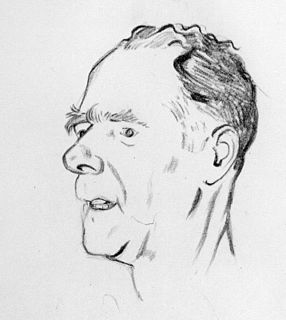 W
WLeonard Alfred George Strong was a popular English novelist, critic, historian, and poet, and published under the name L. A. G. Strong. He served as a director of the publishers Methuen Ltd. from 1938 to 1958.
 W
WWilliam Gillies Whittaker was an English composer, pedagogue, conductor, musicologist, Bach scholar, publisher and writer. He spent his life promoting music. The University of Durham, where he once studied and taught, called him one of "Britain's most influential musicians during the first half of the twentieth century". An autodidact, he was a prodigious creator of Gebrauchsmusik.
 W
WJon Linden Wynne-Tyson was an English author, publisher, Quaker, activist and pacifist, who founded Centaur Press in 1954. He ran Centaur Press from his home in Sussex and was a distinguished independent publisher. He authored books on animal rights and vegetarianism. At one time Wynne-Tyson held the title of "King of Redonda", a literary title referencing a small island.